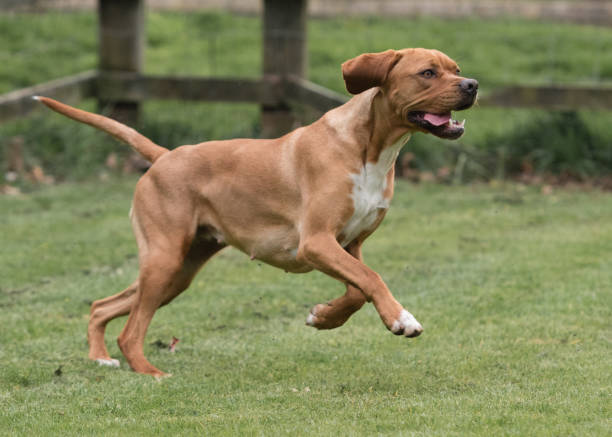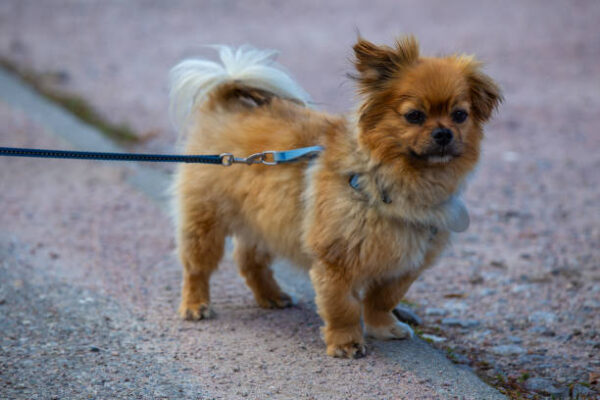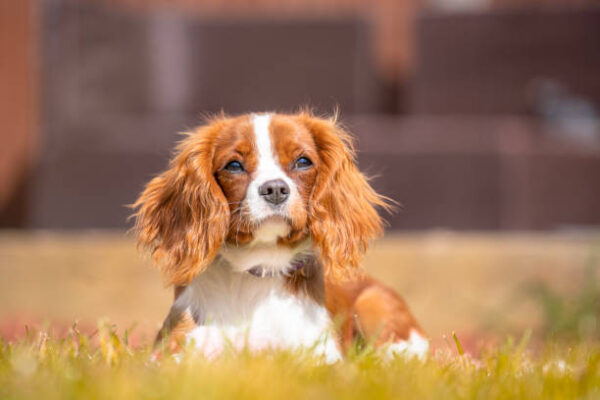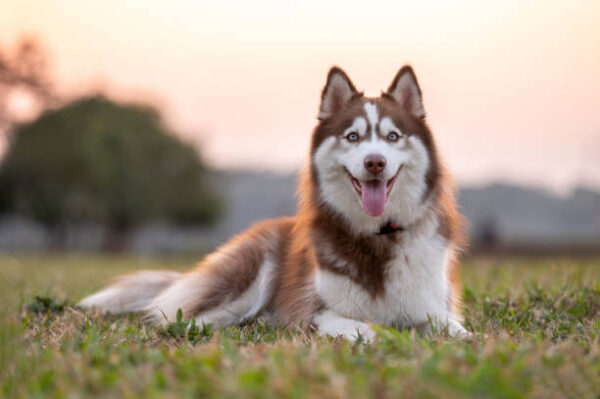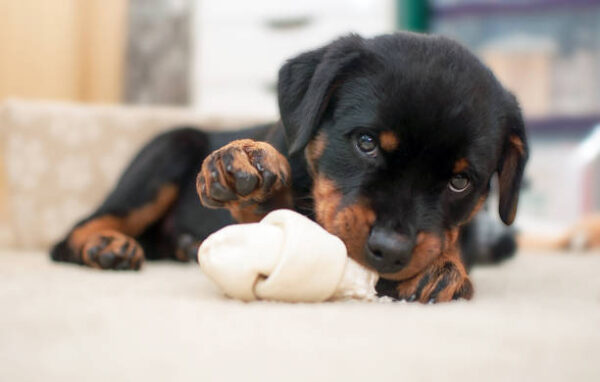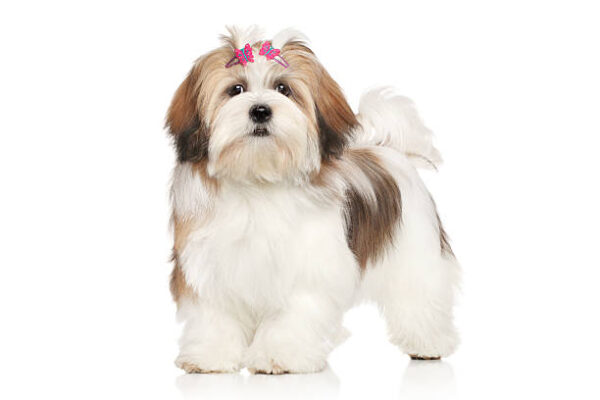Your cart is currently empty!
Portuguese Pointer
Portuguese Pointer The Portuguese Pointer is one of the smallest pointing breeds, more heavily boned than the Pointer and with a broader head. It is thought that the Spanish Pointer is in his ancestry. Like many of the pointing breeds, before the advent of the gun the Portuguese Pointer was used in conjunction with a […]
Description
Portuguese Pointer
The Portuguese Pointer is one of the smallest pointing breeds, more heavily boned than the Pointer and with a broader head. It is thought that the Spanish Pointer is in his ancestry. Like many of the pointing breeds, before the advent of the gun the Portuguese Pointer was used in conjunction with a hawk, the dog indicating the presence of game with a ‘point’ and then the hawk was released, to swoop down and kill the quarry.
General appearance
Of medium size, almost square, well boned and muscled without coarseness or exaggeration. Stylish hunter.
Characteristics
Hunt point retrieve breed. Always a keen hunter and works with persistence and enthusiasm, staying in close contact with handler. Hardy and capable of great endurance.
Temperament
Kind, affectionate, calm and very sociable.
Head and skull
In proportion to the body. Skull to muzzle ratio 3:2. Skull broad, almost flat, slightly arched in profile, neither bony nor fleshy. Planes of skull and muzzle convergent. Occiput not pronounced. Cheeks well filled. Stop very well defined. Muzzle square. Flews slightly pendulous but not excessive and gently rounded when viewed in profile. Corner of lips clearly visible. Nose black and well developed with large, open nostrils. Skin elastic but not wrinkled.
Eyes
Oval tending to round and quite full, set level and forward facing. Eyes brown, of a darker colour than the coat. Alert and expressive. Eye rims black.
Ears
Set high, above the level of the eyes, lying flat to the skull and well back. May show folds when attentive. Triangular, wider at the base and with rounded tip. When pulled forward just covers the eye. Leathers thin, smooth and covered with dense, short hair.
Mouth
Jaws strong with a perfect regular and complete scissor bite, i.e. upper teeth closely overlapping lower teeth and set square to the jaws.
Neck
Medium length. Slightly arched and flowing smoothly into withers. Slight dewlap evident.
Forequarters
Shoulders well laid and muscular. Good length and return of upper arm, placing elbows close to the body. Forearm long and straight, pastern slightly sloping.
Body
Withers only slightly marked. Topline sloping gently to croup. Short, broad back with short, well-muscled loin. Ribs well sprung in upper section, tapering gently to the sternum. Chest reaching to the elbow. Underline rising slightly without noticeable tuck up.
Hindquarters
Broad and muscular. Gently sloping croup. Well developed first and second thigh. Stifles well bent, hocks well let down and parallel when viewed from behind.
Feet
Strong, slightly oval, well padded. Turning neither in nor out. Well-arched toes. Black pads. Nails preferably black. Hind feet slightly longer than front feet.
Tail
Undocked: Set on in line with croup. Thick at root, tapering gradually, not reaching below the hock. At rest hangs naturally. Active in motion, carried at or just above line of back, with no upward curl.
Docked: As above, to cover scrotum in dogs and vulva in bitches.
Gait/movement
Easy, elegant, with rhythmic trotting action.
Coat
Single coat. Short, close, harsh and dense, covering the body evenly. Finer and shorter on the head, particularly on the ears giving a velvety effect.
Colour
Yellow of light, medium and dark shades. Solid or with white patches on the head, neck, chest, legs below the elbows and hocks, and tip of undocked tail.
Size
Height at withers: dogs: 54 – 58 cm (21¼ – 22¾ ins); bitches: 50 – 54 cm (19¾ – 21¼ ins). Weight: dogs 20-27 kgs (44 59½ lbs); females 16-22 kgs (35½ – 48½ lbs).
Faults
Any departure from the foregoing points should be considered a fault and the seriousness with which the fault should be regarded should be in exact proportion to its degree and its effect upon the health and welfare of the dog and on the dogs ability to perform its traditional work.
Note
Male animals should have two apparently normal testicles fully descended into the scrotum.
